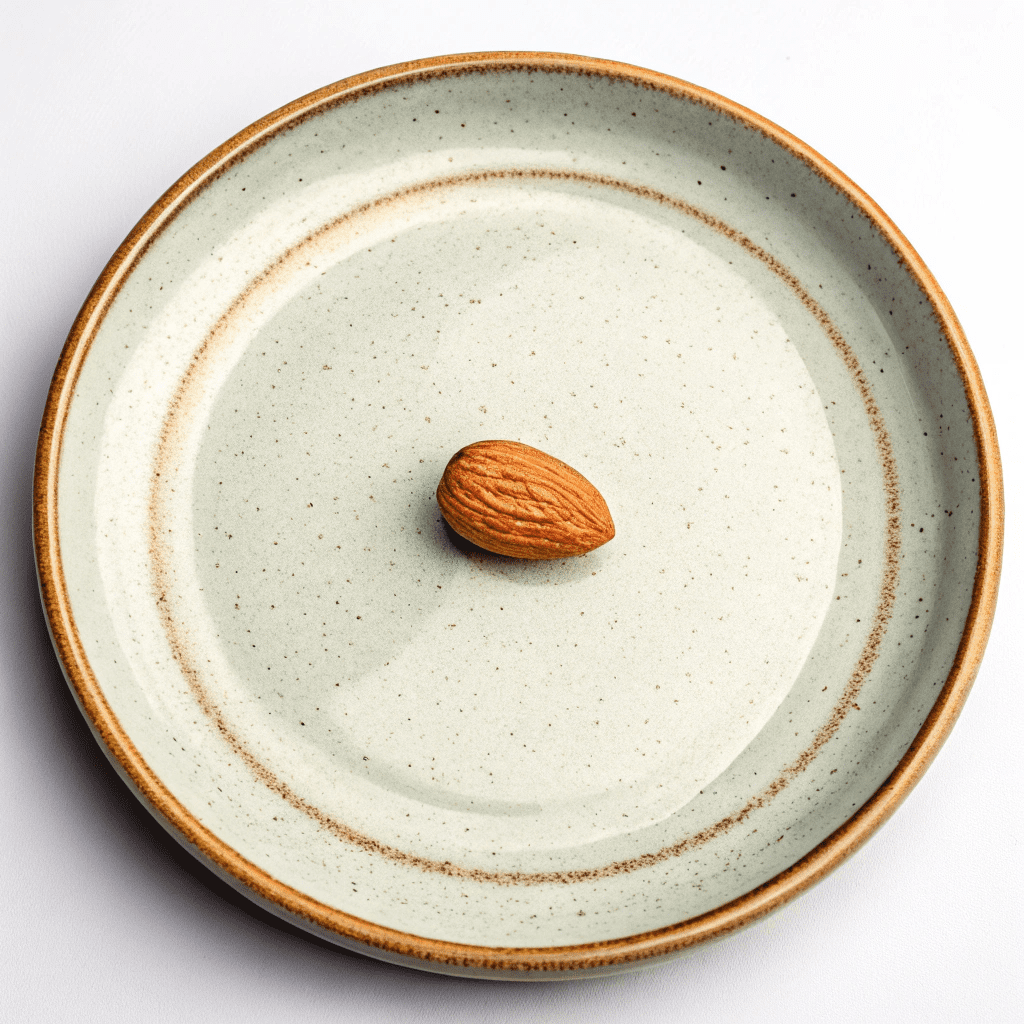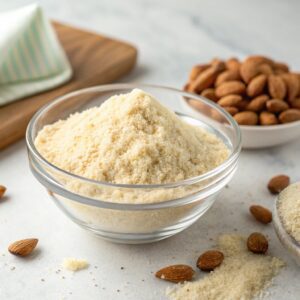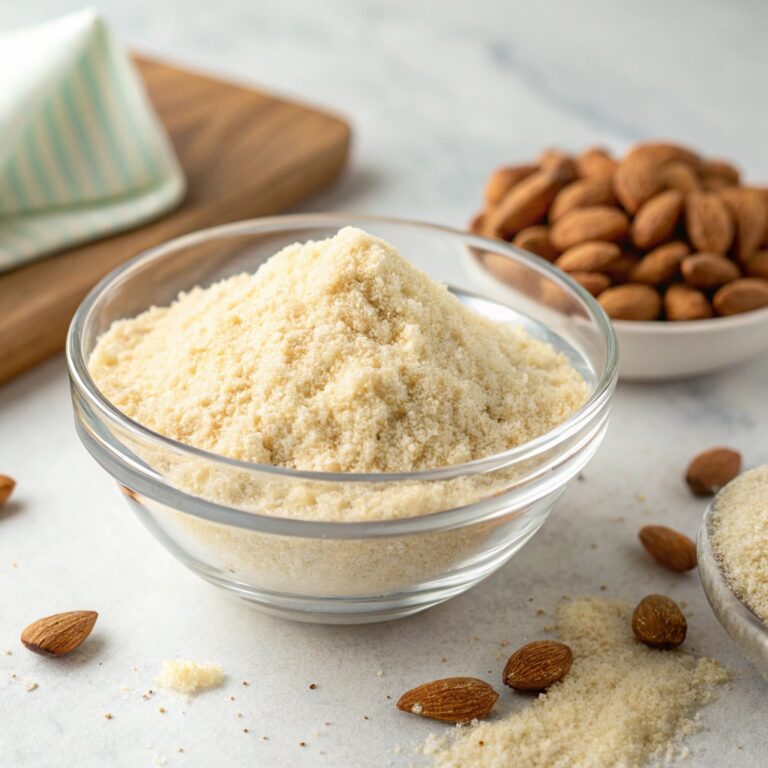Making your own almond flour is a game-changer for anyone who loves baking or cooking with a nutty, wholesome twist. In just five minutes, you can transform raw almonds into a fine, velvety flour that’s perfect for gluten-free treats or adding richness to your favorite recipes. The process is simple, but the result is a fragrant, slightly sweet flour that elevates everything from pancakes to cookies.
This homemade version offers a fresher, more vibrant flavor than store-bought options, with a texture that’s both light and satisfyingly dense. Plus, you control the coarseness, ensuring it’s perfect for your needs. Whether you’re crafting delicate macarons or hearty bread, this almond flour brings a touch of indulgence to every bite.
What You’ll Need

- Whole raw almonds (unsalted and not roasted, as needed)
Step-by-Step Instructions
- Place the whole raw almonds into a high-powered blender.
- Blend the almonds for 1-2 minutes until they become fine and powdery. Be careful not to over-blend, as this can cause the nuts to release their oils and turn into nut butter.
- Sieve the blended almonds to remove any lumps or larger pieces. Save the bigger pieces for snacking or adding to smoothies.
- Transfer the almond flour to a labeled airtight container. Store it at room temperature for up to 8 weeks or in the fridge to keep it fresher for longer.
Storage Tips for Fresh Almond Flour
To keep your almond flour fresh and flavorful, store it in an airtight container in a cool, dark place. For extended freshness, consider refrigerating or even freezing it—this can help it last up to 6 months. Label the container with the date to track its shelf life.
Creative Ways to Use Almond Flour
Almond flour is a versatile ingredient perfect for gluten-free baking. Use it in pancakes, muffins, or as a coating for chicken or fish. You can also mix it into smoothies or yogurt for a nutty, protein-packed boost. Don’t forget to save those larger almond pieces for toppings on oatmeal or salads!
Time-Saving Blending Tips
To avoid over-blending and accidentally making almond butter, pulse your blender in short bursts rather than running it continuously. This gives you more control and ensures a fine, powdery texture. If your blender isn’t high-powered, work in smaller batches for better results.
Common Questions About Almond Flour
Can I use roasted almonds? While raw almonds are recommended for a neutral flavor, roasted almonds can add a deeper, nuttier taste—just be mindful they may release oils faster. What if I don’t have a sieve? A fine-mesh strainer or even a clean kitchen towel can work to sift out larger pieces.

How to Make Almond Flour
Equipment
- high powered blender
Ingredients
Whole raw almonds (unsalted and not roasted)
Instructions
- Using a high-powered blender blend the almonds for roughly 1-2 minutes until fine and powdery. Take care to not over blend or the nuts will start to release their oils and you will end up with nut butter.
- Sieve the almonds to remove any lumps of nuts. You can save the bigger pieces to snack on or add to smoothies.
- Store in a labeled airtight container for 8 weeks or even in the fridge to keep them fresher for longer.



